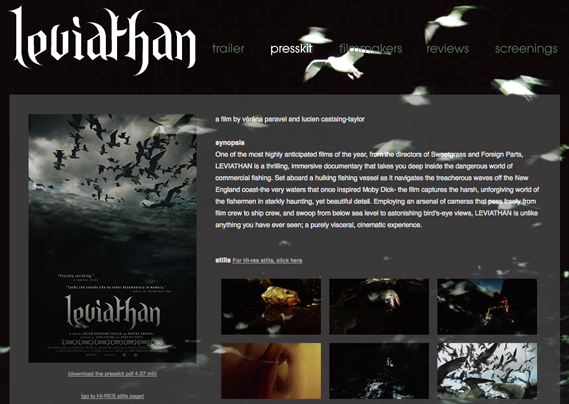Assembling a Press Kit

A Press or Info Kit is a great way to present your promotional materials in one cohesive, compelling package. A Press Kit can exist as a printed packet or in electronic format as a download on your website or your presenter’s site.
Every few weeks, we’ll be posting tips straight from the Professional Development Program’s Artist’s Tools Handbook—a 200+ page resource we give to Core Workshop attendees, written by PDP Core Leaders Jackie Battenfield and Aaron Landsman. The book covers everything from writing to budgeting, websites to fundraising, elevator pitches to work samples.
Develop A Press Kit
A press kit usually consists of:
- Cover letter (for printed kits; always customize it!)
- Work samples that are labeled
- Artist biography and/or one-page resume
- Invitation/announcement to opening/event/reading (if available)
- Recent reviews, or a pull-quote sheet (excerpts from reviews, essays or other types of writing about your work)
Some optional things you may include in your press kit:
- Press release
- Publicity photo
- Fact sheet
- Exhibition checklist
- Project description (for performances)
Creating a Press Release
A press release is generally no more than one page, double-spaced. The reader will want to get to information quickly. You need a compelling reason to send a two- or three-page release. Here are some things to keep in mind:
- Use your own letterhead or that of the sponsoring organization.
- Format and Content: Follow a standard form. Use an inverted pyramid structure with strong lead-in sentences that convey the most important information: who, what, where, when and why, etc. What will people see when they come to your show or performance?
- Editors want to see the date(s) of the event quickly and easily; put it at the top of the release.
- Be descriptive. Use clear, concise and vivid language.
- What’s the hook? Is there anything unusual or noteworthy in the release? You’ll be more effective if it has a good angle.
- Include a statement from your sponsor or presenting organization with a brief description.
- Avoid overstatements such as “first,” “only,” “unique,” “best,” etc.
- Embed a small image from the exhibition or event at the top of the press release. It does not replace the work sample, but is an easy reference for the reader.
- Choose the appropriate recipient. A calendar or listings editor has slightly different goals than a theater editor. At a small paper they may be the same person; do some research before you decide who should receive the release.
Creative Capital hosts professional development workshops to help artists learn skills such as proposal writing, marketing, and tax skills to help artists complete successful projects from inception to completion. Check our calendar for upcoming workshops!
